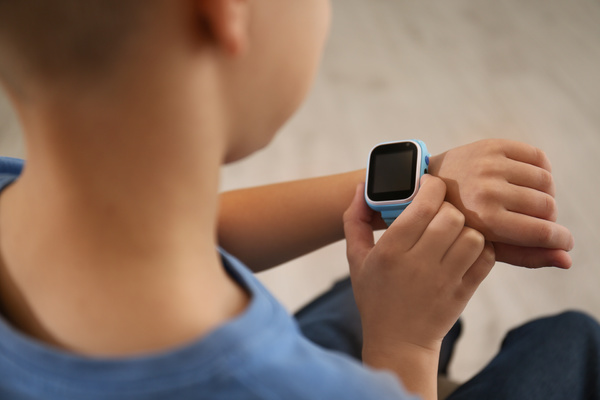Overview: Smartwatches can be useful tools for kids and adults alike. However, with their location-tracking capabilities and vulnerabilities that hackers can exploit, parents should be careful about the watch they buy.
Why Buy Your Child a Smartwatch?
Depending on the situation, a smartwatch can be a better option than a smartphone for kids, especially younger kids. Since the watch has limited processing power, it’s mostly used for features like snapping photos and videos or limited communication and GPS tracking between parents and kids.
Many are designed to be educational and come with simple games kids can play while in waiting rooms. And there are few kid-focused smartwatches with the intent or processing power to connect meaningfully to social networks, helping to reduce the chances of cyberbullying. This can be especially appealing as more social networks target their products to younger age groups.
That said, there are some concerns parents should be aware of before making a purchase.
Smartwatches Can Be Breached
A study conducted by the Münster University of Applied Sciences found several concerning potential vulnerabilities in some smartwatches. These included the ability to intercept data traffic to and from the watch. What’s more, some apps that come with smartwatches can be reverse-engineered to manipulate the watch’s apps or find and exploit more vulnerabilities.
In practical terms, this meant hackers could look at the watch’s data, including photos and audio; listen in on voice and text messages sent to and from the watch; and in some cases, create fake messages that could be sent to the watch. Largely this was due to leaving out features such as encryption, but researchers also found, for example, servers they could enter and manipulate without having to provide login credentials.
While there is no evidence that this has been done outside of a research setting, it can still be alarming to parents who bought these products assuming they were safe.

Protecting Kids With Smartwatches
Short of not buying the product, parents have a few options to mitigate the security concerns of these watches.
- Read the reviews of the product, particularly more technical ones that delve into how it works and that also review the app. Also, check user reviews for any problems with the software or complaints about functionality.
- Look at the technical features of the watch, including how it encrypts traffic and what protocol it uses. If it doesn’t provide any, assume that it doesn’t encrypt data at all.
- Look at the permissions requested by the app that accompanies the watch, as you’ll be uploading it onto your phone. What does the app ask for access to? Do you know where the information you provide goes?
- If the watch provides location data, make sure you understand which method it uses. Triangulation, for example, is less precise than GPS.
- Don’t forget the basics. Kids should know how to spot risks or unusual messages, have follow the rules you set for using the device, and know to confirm with you via another method, such as having a teacher contact you, for a change of routine.
Parental control software such as Screen Time can help you manage apps and protect kids from hackers as they grow up and need new and different tools to navigate the world. To learn more about Screen Time, try it for free!


Join the conversation